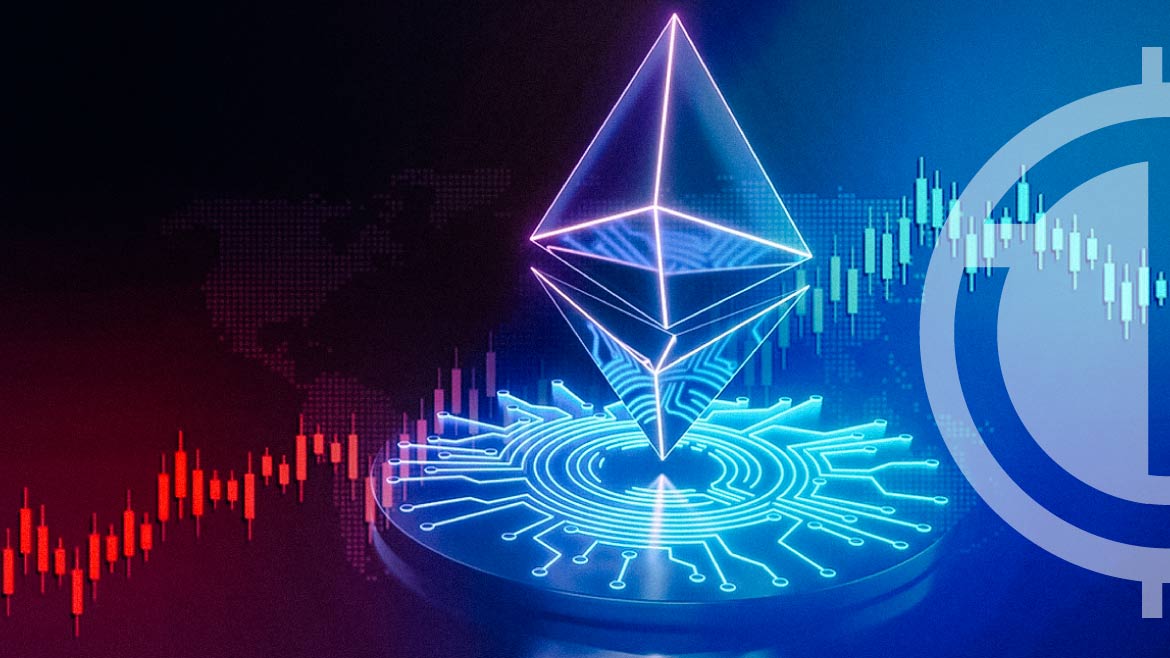The digital asset market remains serene this week, with Ethereum (ETH) prices idling within a $68 range. Despite a slight surge triggered by the Shanghai upgrade, the Ethereum market has been largely static since mid-March, with prices swinging between a low of $1,861 and a high of $1,931.
As the market navigates a sideways trajectory, subtle transformations occur below the visible layer, suggesting a growing inclination towards risk aversion. Consequently, the market is witnessing dwindling trading volumes, increased automation within DeFi utilization, and an escalating preference for stablecoins, notably Tether (USDT).
Ethereum prices have stayed roughly flat and within a narrow range since March. However, gas prices witnessed a significant hike in May. The average gas price escalated to 76 Gwei, translating to $1.14 for a standard ETH transfer transaction. The mean gas price peaked at over 155 Gwei in early May, equating to $6.53 per ETH transfer – a figure almost touching the highs of the 2021-22 bull cycle.
Interactions with smart contracts, being more gas-consuming, could cost several times a simple transfer. Gas usage related to DeFi protocols shot up by a whopping 270% in late April, driving the daily gas consumption in the sector above 20 billion gas units.
Breaking down DeFi gas usage by protocol revealed that this surge in activity mainly stems from trading operations on decentralized exchanges. Uniswap stays ahead as the primary platform, witnessing a 388% increase in gas usage since April. It now commands between 7.7% and 14.4% of Ethereum gas demand. While some may attribute this heightened activity to the recent Memecoin frenzy featuring tokens like PEPE and HEX, a more thorough analysis of trading volume on Uniswap suggests a nuanced narrative.
Following the FTX collapse, the daily futures trading volume plummeted to approximately $7.5 billion. Despite showing signs of recovery in 2023, the 30-day average trading volume of $12.0 billion still lags significantly behind the yearly average of $21.5 billion. In contrast to the surge in Uniswap’s trading activity, futures trading experienced a continuous decline throughout May. This trend suggests that the sector’s institutional trading interest and liquidity remain substantially subdued.






